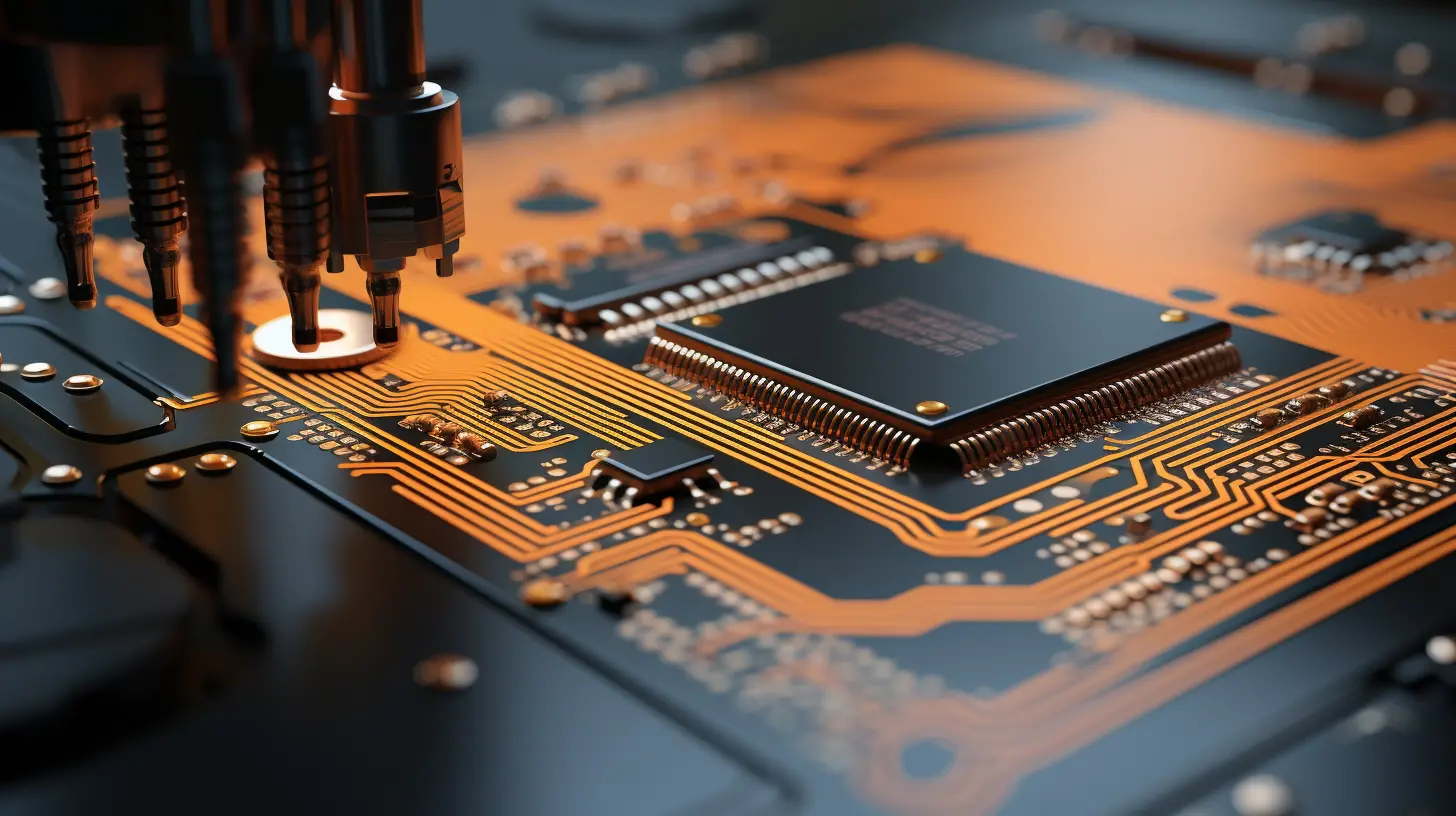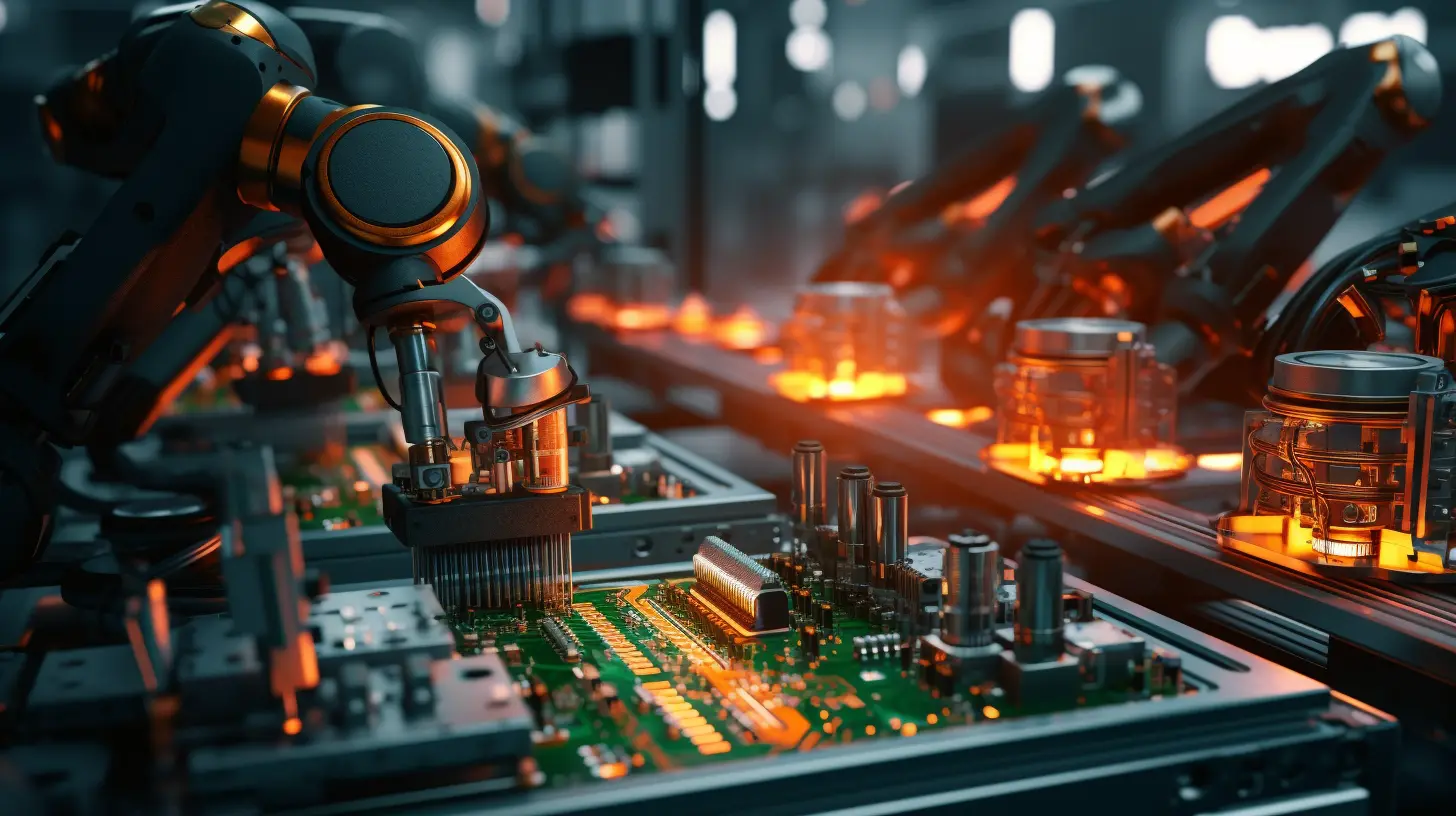
In the realm of electronic components, PCB (Printed Circuit Board) plays a vital role, especially as we dive into the nuances between high-frequency high-speed PCBs and their traditional counterparts. If you ever thought all PCBs were created equal, prepare for a surprise!

High-frequency high-speed PCBs are specifically designed to minimize signal loss and interference, which is crucial for applications like telecommunications and high-speed computing. Conversely, traditional PCBs, though reliable, may not offer the same performance when faced with high-frequency signals.
Application scenarios further highlight the differences: High-frequency PCBs are ubiquitous in advanced tech sectors, while traditional PCBs still hold their ground in less demanding environments. It’s like comparing a high-speed train to a reliable old bus – both have their merits, but your choice depends on your destination!
The design requirements for high-frequency PCBs are also more intricate, requiring a dedicated approach to materials, layout, and manufacturing processes. This ensures they can operate efficiently in demanding conditions without faltering under pressure.

In conclusion, understanding the key differences between high-frequency high-speed PCBs and traditional PCBs can empower industry professionals to select the appropriate solution tailored to their unique requirements. Don’t let your projects stall – embrace the right technology and keep the signals flowing smoothly!
